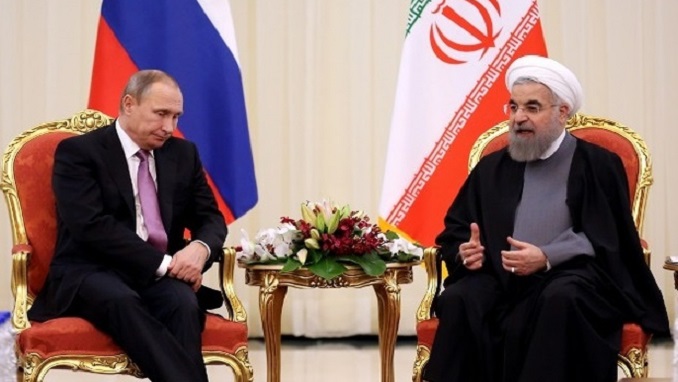A free trade zone between Iran and the Eurasian Economic Union (EAEU) will be established by early 2022, the Russian Ministry of Industry and Trade told Izvestya.
The report noted that the interim free trade zone agreement signed in May 2018, which precedes the transition to a full-fledged agreement, covers around 50% of the trade between the parties and will enter into force in early 2019.
According to the deal, Iran, which is not a member of the WTO, will assume obligations stipulated by the rules of this organization, which will make its trade with EAEU members more transparent and predictable.
“After the expiration of the three-year period, plans are in store to transition to a full-format agreement on a free trade zone, which will cover commodities in full. Negotiations on the transition to the new agreement should be started no later than a year after the interim agreement enters into force,” the Ministry of Industry and Trade said.
The deal’s main advantages, the ministry noted, is a reduction in import customs duties and the formation of a “transparent and predictable trade environment”. This will be because all countries, including Belarus and Iran, which are not members of the WTO, have agreed to commit to adhering to the rules of this organization.
Experts interviewed by Izvestya are upbeat on the prospects of the free trade zone deal between Iran and the Russia-led economic alliance. In their opinion, the zone will be beneficial for all parties amid U.S. sanctions against Moscow and Tehran, which are driving both to trade with each other and economic rapprochement.
“In the context of sanctions, the temporary agreement on the free trade area will partially compensate for Russia’s losses in the U.S. market. The Iranian market is an alternative for deliveries of Russian metals, especially since the territorial proximity significantly reduces the cost of transportation,” said Vyacheslav Kholodkov, Head of the Center for CIS Countries Studies.












